How to Prevent Soil Erosion and Protect Your Land
- August 21, 2024
- 0 comment
Soil erosion is a serious issue that can compromise the health and productivity of your land. Whether you’re managing a garden, farmland, or a larger property, taking steps to prevent soil erosion is essential for maintaining soil quality and preventing degradation. In this guide, we’ll explore practical strategies and techniques to safeguard your land from erosion, helping you protect your investment and ensure the long-term sustainability of your land. Let’s dive into effective methods for preserving your soil and keeping your landscape intact.
Why Is Soil Erosion a Significant Concern?
Soil, often perceived as a robust and inexhaustible resource, is actually a delicate product formed over millennia. The topsoil, which is the uppermost layer rich in essential nutrients, is particularly vulnerable to erosion caused by wind and water. When this top layer is lost, it can severely impact soil fertility and, consequently, crop yields. Additionally, eroded soil can be carried away by water, leading to sediment buildup in waterways that disrupts their flow and increases the risk of flooding.
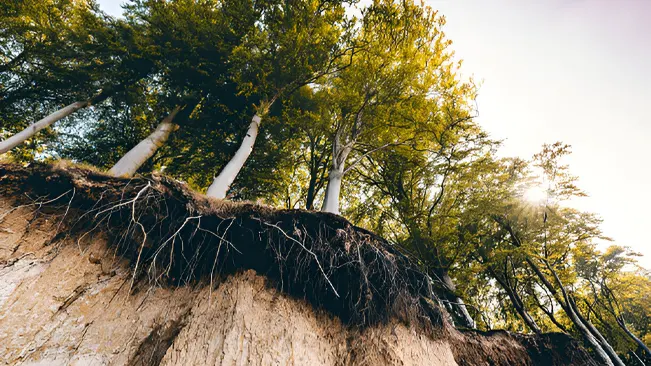
Soil erosion is a widespread issue, with soil being eroded faster than it can be replenished. This is especially alarming in the context of a growing global population, projected to reach 9 billion by mid-century. Effective land management practices are crucial to combat this problem and ensure sustainable agriculture for the future.
What Are the Impacts of Soil Erosion?
Soil erosion significantly affects agricultural productivity by stripping away the nutrient-rich topsoil essential for crop growth. This loss leads to reduced soil fertility, which can diminish crop yields and impact food security. Additionally, the eroded soil can be carried into nearby waterways, causing sedimentation that disrupts aquatic habitats and can lead to flooding by obstructing natural water flow.
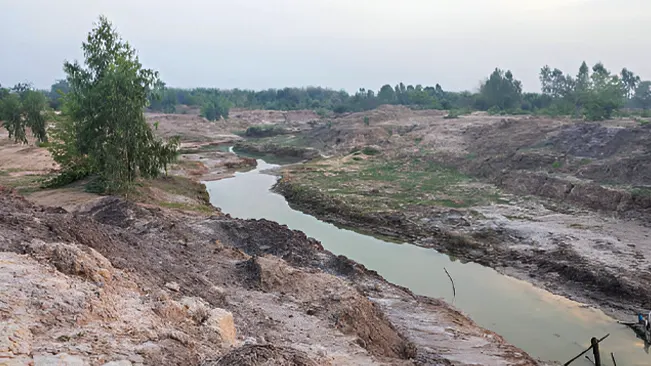
Beyond its immediate effects on agriculture and waterways, soil erosion contributes to long-term environmental degradation. As soil continues to erode, it can exacerbate issues like land degradation and desertification, making once-productive land unsuitable for future use. This ongoing process threatens ecosystems and challenges efforts to maintain sustainable land management.
Effective Strategies to Prevent Soil Erosion
Ground Cover
Planting grass and cover crops is one of the most effective ways to prevent soil erosion. Grass and cover crops, such as clover or legumes, provide a protective layer over the soil, shielding it from the impact of rainfall and wind. These plants help to bind the soil together with their root systems, reducing the likelihood of soil being washed or blown away. Additionally, cover crops can enhance soil fertility by adding organic matter and nutrients back into the soil.

Mulch and other ground cover materials also play a crucial role in erosion control. Mulch, whether organic (like wood chips or straw) or inorganic (like gravel or plastic sheeting), helps to absorb and slow down rainfall, reducing its impact on the soil. This layer also helps retain soil moisture and temperature, further protecting the soil from erosion and promoting healthy plant growth.
Erosion Control Structures
Erosion control structures are engineered solutions designed to manage and mitigate soil erosion. Silt fences are temporary barriers made of fabric that capture sediment from runoff water, preventing it from leaving the site. Sediment basins collect and temporarily store water runoff, allowing sediments to settle before the water is discharged. Terracing involves creating stepped levels on slopes to slow down water runoff and reduce soil erosion.
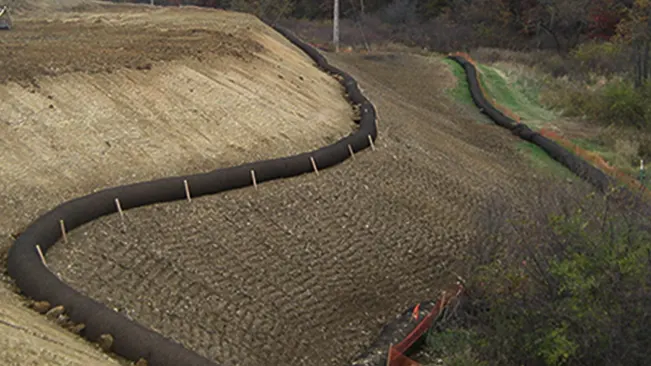
These structures work by intercepting and managing water flow, which is a primary driver of erosion. By controlling the movement of water, these structures prevent soil from being carried away, thus maintaining the integrity of the land and reducing sedimentation in nearby water bodies.
Contour Plowing
Contour plowing is a technique where plowing is done along the contours of a slope rather than up and down. This method helps to slow down water runoff and reduce soil erosion. The furrows created by contour plowing act as small barriers that capture and direct water, allowing it to infiltrate into the soil rather than running off and causing erosion.
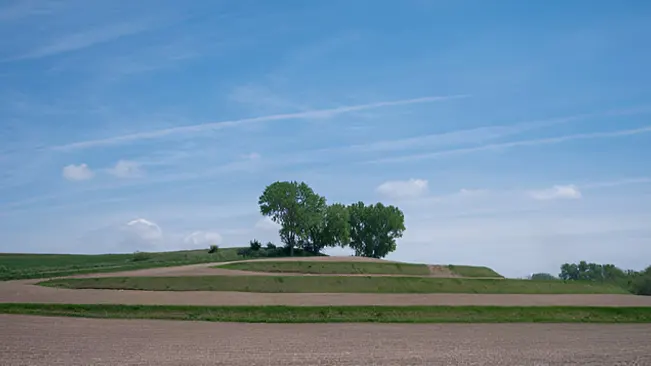
This approach is particularly advantageous for sloped land, as it helps to reduce the speed of water flow across the soil surface. By following the natural contours of the land, contour plowing minimizes the potential for soil loss and promotes better water retention, which supports healthier soil and crop growth.
Buffer Strips
Vegetative buffer strips are areas of permanent vegetation planted along waterways, designed to intercept and filter runoff before it enters the water. These strips, which can include grasses, shrubs, or trees, play a critical role in trapping sediment and absorbing nutrients from runoff, thereby reducing water pollution and protecting aquatic ecosystems.
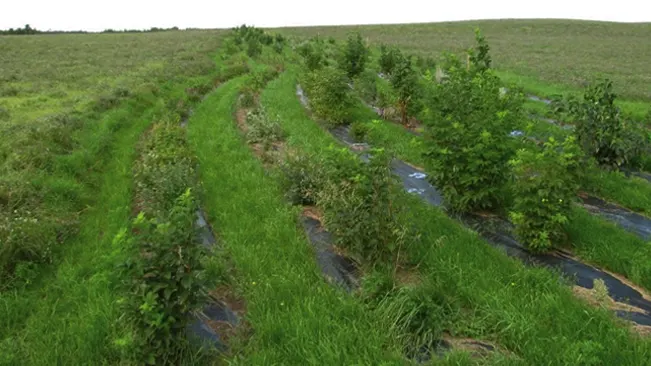
Buffer strips not only help to control erosion but also enhance the overall health of water bodies. They act as natural filters that prevent excess nutrients and pollutants from reaching streams and rivers, contributing to cleaner and healthier water systems.
Reduced Tillage
Reduced tillage practices, including no-till and minimal tillage, involve less disturbance of the soil compared to conventional plowing methods. No-till farming eliminates tillage entirely, while reduced-till farming minimizes it. These practices help to maintain soil structure, increase organic matter, and reduce soil erosion.
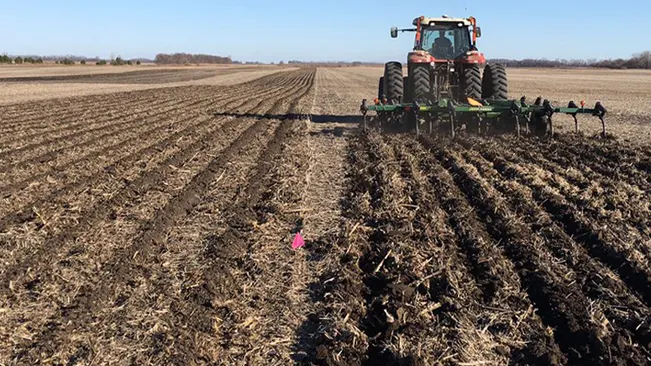
The impact of reduced tillage on soil erosion is significant. By leaving the soil undisturbed, these methods preserve the natural soil structure and organic matter, which helps to prevent erosion. Additionally, the presence of crop residue on the soil surface acts as a protective layer that shields the soil from erosion caused by wind and water.
Water Management
Proper drainage systems are essential for managing water flow and preventing soil erosion. Effective drainage helps to direct excess water away from vulnerable areas, reducing the potential for erosion and soil loss. Techniques such as installing French drains, drainage ditches, and other systems can help manage water effectively.
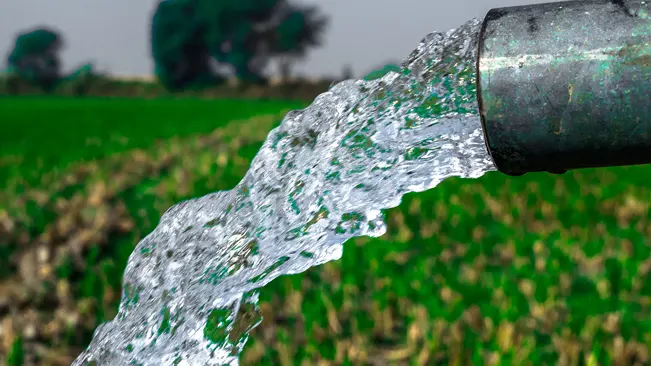
In addition to drainage, techniques like swales and rain gardens are useful for managing water flow on-site. Swales are shallow, vegetated channels that slow and direct runoff, while rain gardens are landscaped areas designed to capture and absorb stormwater. Both techniques help to reduce the volume and speed of runoff, minimizing erosion and promoting groundwater recharge.
How Does Soil Erosion Affect Climate Change?
Soil erosion significantly impacts climate change by contributing to the release of carbon dioxide into the atmosphere. Healthy soils act as carbon sinks, absorbing and storing carbon from the atmosphere. When soil is eroded, especially the topsoil rich in organic matter, this stored carbon is released back into the atmosphere, exacerbating the greenhouse effect and accelerating global warming. Additionally, the loss of soil carbon reduces the soil’s ability to sequester carbon in the future, creating a feedback loop that further intensifies climate change.
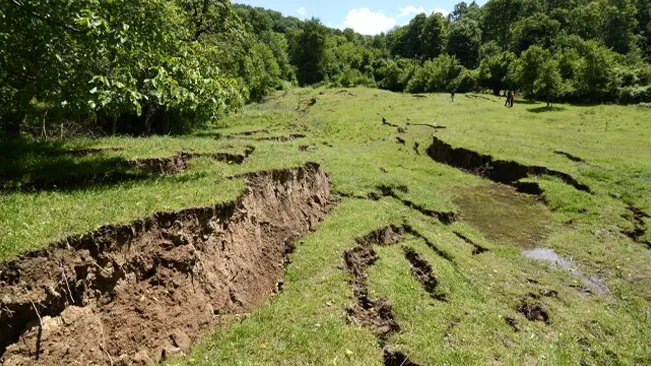
Moreover, soil erosion can affect the land’s capacity to support vegetation, which plays a crucial role in regulating the climate. Vegetation helps to stabilize the soil and absorb carbon dioxide during photosynthesis. As soil quality declines due to erosion, plant growth can be hindered, reducing the land’s ability to act as a carbon sink. This decline in vegetation cover not only contributes to higher atmospheric carbon levels but also affects local climate conditions, such as temperature and precipitation patterns, further complicating climate change mitigation efforts.
Additional Tips for Landowners
Regular Soil Health Assessments
Conducting regular soil health assessments is crucial for maintaining and improving soil quality. These assessments involve analyzing soil properties such as texture, structure, nutrient content, and organic matter levels. By routinely evaluating these factors, landowners can identify potential issues early and implement appropriate measures to address them. Soil tests can also provide valuable insights into the effectiveness of erosion control practices and guide decisions on soil amendments and fertility management.
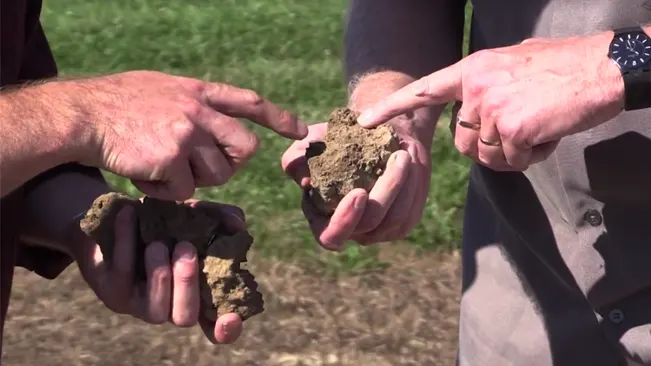
Regular assessments help landowners track changes over time and adapt their management strategies accordingly. They also offer a way to monitor the impact of different erosion control methods and make necessary adjustments to enhance soil health and prevent further erosion. This proactive approach ensures that the soil remains productive and resilient, supporting long-term land sustainability.
Integrating Erosion Control into Land Management Plans
Incorporating erosion control measures into overall land management plans is essential for effective soil protection. A comprehensive land management plan should outline specific strategies for preventing and mitigating soil erosion, tailored to the unique characteristics of the land. This may include a combination of ground cover, erosion control structures, contour plowing, and other techniques discussed earlier.
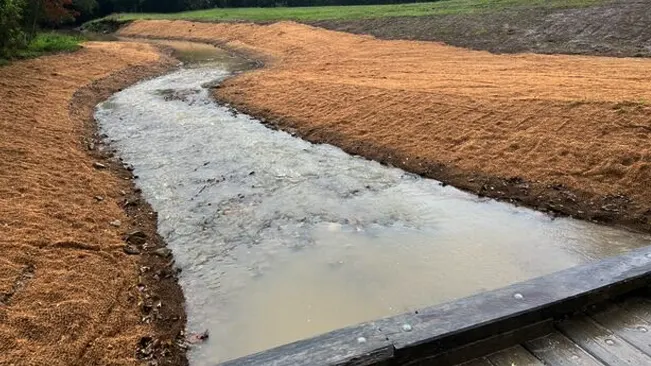
By integrating erosion control into land management, landowners can create a cohesive approach that addresses erosion risks in a systematic manner. This integration ensures that erosion control measures are not applied in isolation but are part of a broader strategy that considers soil health, water management, and land use practices. Regularly updating the land management plan based on soil assessments and changing conditions helps maintain its effectiveness and adaptability.
Community and Professional Resources for Further Support
Utilizing community and professional resources can greatly enhance erosion control efforts. Many communities have local conservation groups, agricultural extension services, or land stewardship programs that offer guidance, support, and resources for managing soil erosion. These organizations can provide valuable information on best practices, offer workshops or training sessions, and connect landowners with experts in soil conservation.
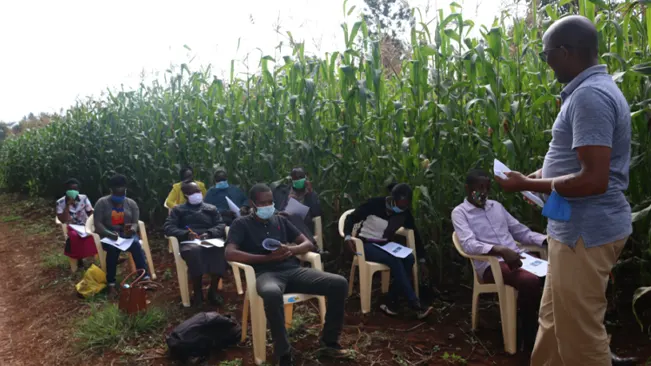
Professional resources, such as soil scientists, agronomists, or environmental consultants, can provide specialized advice and customized solutions for specific erosion challenges. Engaging with these professionals ensures that landowners benefit from expert knowledge and practical solutions tailored to their land’s needs. By leveraging both community support and professional expertise, landowners can more effectively address soil erosion and enhance the sustainability of their land.
Conclusion
In conclusion, preventing soil erosion is essential for maintaining the health and productivity of your land. By implementing effective strategies such as ground cover, erosion control structures, contour plowing, and buffer strips, you can significantly reduce soil loss and enhance soil fertility. Additionally, adopting reduced tillage practices and managing water flow through proper drainage and innovative techniques like swales and rain gardens further contribute to soil protection.
FAQs
- What is soil erosion and why is it a problem?
Soil erosion is the process by which the top layer of soil is removed by wind, water, or human activity. It is a significant problem because it depletes soil nutrients, reduces soil fertility, and can lead to decreased agricultural productivity. Erosion also contributes to sedimentation in water bodies, which can disrupt aquatic ecosystems and lead to flooding. - How can ground cover help prevent soil erosion?
Ground cover, including grasses, cover crops, and mulch, helps to protect soil from erosion by shielding it from wind and rainfall impact. The root systems of these plants bind the soil together, while mulch acts as a protective layer that absorbs and slows down rainfall, reducing soil displacement and runoff. - What are erosion control structures, and how do they work?
Erosion control structures, such as silt fences, sediment basins, and terracing, are engineered solutions designed to manage and reduce soil erosion. Silt fences capture sediment from runoff, sediment basins store water and allow sediments to settle, and terracing creates stepped levels to slow down water flow, thereby preventing soil loss and improving water management. - What is contour plowing and how does it help reduce erosion?
Contour plowing involves plowing along the contour lines of a slope rather than up and down. This technique helps to slow down water runoff and reduce soil erosion by creating natural barriers that capture and direct water flow, allowing it to infiltrate into the soil rather than causing erosion. - How do buffer strips work to control soil erosion?
Buffer strips are areas of permanent vegetation planted along waterways or on slopes. They help to trap sediment and absorb nutrients from runoff before they enter water bodies, reducing soil erosion and preventing water pollution. These vegetative zones also stabilize the soil and enhance overall water quality. - What are reduced tillage practices, and why are they important for soil health?
Reduced tillage practices, including no-till and minimal tillage, involve less disturbance of the soil compared to conventional plowing. These practices help maintain soil structure, preserve organic matter, and reduce erosion. By leaving the soil undisturbed, these methods protect against soil loss and promote healthier soil and better crop yields. - Why is water management important for preventing soil erosion?
Proper water management is crucial for preventing soil erosion because it controls water flow and reduces runoff. Techniques such as installing drainage systems, swales, and rain gardens help to manage excess water, minimize soil displacement, and prevent erosion. Effective water management supports soil stability and protects land from erosion. - How often should soil health assessments be conducted?
Soil health assessments should be conducted regularly, ideally once a year or before planting new crops. Regular assessments help monitor soil conditions, identify issues early, and guide adjustments to erosion control practices and soil management strategies. This proactive approach ensures continued soil health and productivity. - How can landowners integrate erosion control into their land management plans?
Landowners can integrate erosion control into their land management plans by including specific strategies such as ground cover, erosion control structures, and water management techniques. Regular soil health assessments and updates to the management plan based on current conditions ensure that erosion control measures are effective and well-coordinated with overall land use goals. - What resources are available for landowners seeking support with erosion control?
Landowners can access various resources for erosion control support, including local conservation groups, agricultural extension services, and land stewardship programs. Professional resources such as soil scientists, agronomists, and environmental consultants can also provide expert advice and tailored solutions for specific erosion challenges.

Joel Cunningham
Forestry AuthorI'm Joel Cunningham, an expert in pruning and weed management with over a decade of experience. My skills are rooted in formal training and extensive practice, focusing on advanced pruning techniques and efficient weed control. I'm known for my quality work, precision, and deep understanding of plant health and soil dynamics. My contributions extend to educational initiatives where I share sustainable practices and advice, establishing myself as a reliable and authoritative figure in the gardening community.

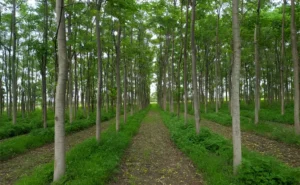
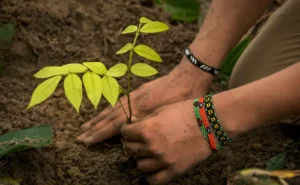


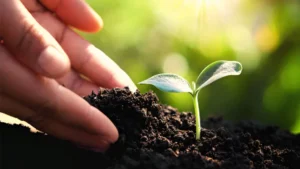
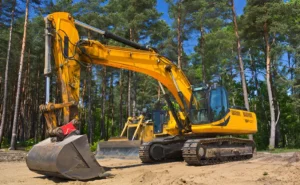
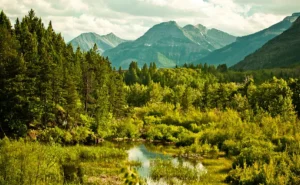
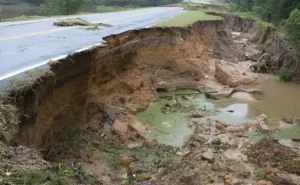
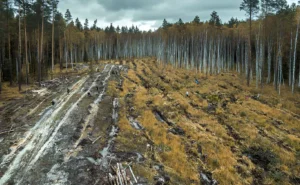
Leave your comment